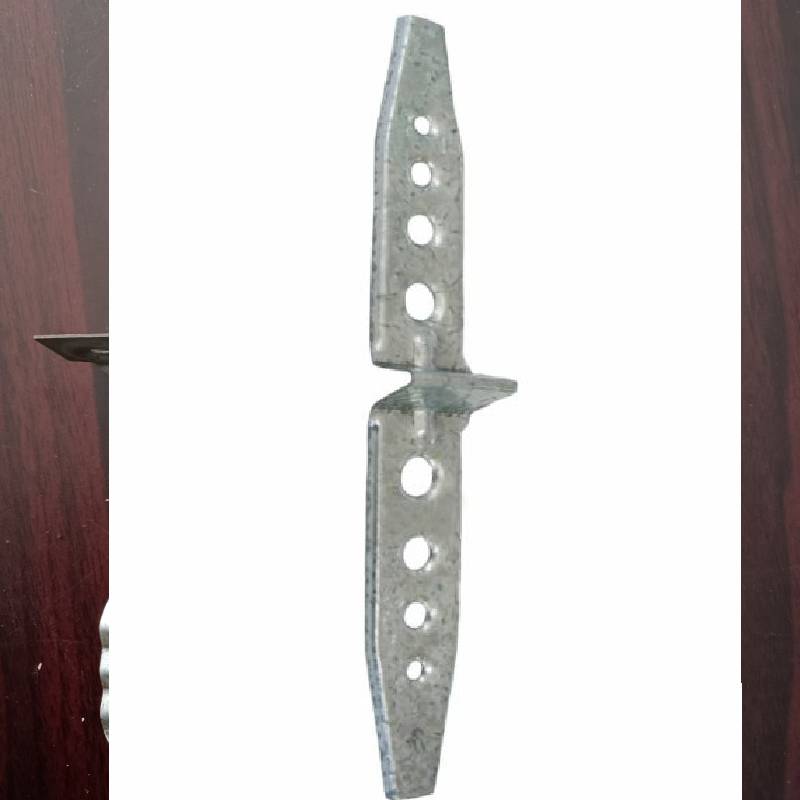
- Mobile Phone
- +8613931874955
- sales@cntcmetal.com
Optimization Techniques for Brickwork Construction and Performance Improvement
The Role of Exmet in Brickwork Construction
In the realm of modern construction, the methods and materials we utilize are continuously evolving to enhance efficiency and durability. One such innovation is Exmet, a specialized technology that has found its place in brickwork. Exmet is essentially a type of expanded metal mesh that improves the structural integrity and overall quality of brick structures. This article explores the importance of Exmet for brickwork, its benefits, and its applications.
What is Exmet?
Exmet is created by expanding a metal sheet into a mesh-like structure. This creates a series of interconnected diamond-shaped openings, making it lightweight yet incredibly strong. In brickwork, Exmet serves as a reinforcement layer that significantly enhances the bond between bricks and mortar. This is crucial as it helps distribute loads more evenly across the wall, reducing the risk of cracks and structural failure over time.
Importance of Exmet in Brickwork
1. Enhanced Structural Integrity One of the most significant advantages of using Exmet in brickwork is its ability to improve the structural integrity of buildings. Traditional brick walls can be susceptible to cracking under pressure or when subjected to environmental changes. The inclusion of Exmet allows for better load distribution and reinforcement, leading to a more resilient structure.
2. Increased Durability Exmet's resistance to corrosion and wear makes it a long-lasting option for brick construction. In areas with high humidity or exposure to harsh weather conditions, Exmet helps to protect the bricks and mortar from moisture infiltration, which can lead to deterioration over time.
3. Lightweight and Cost-Effective Exmet is a lightweight material, which can significantly reduce the overall weight of brick structures. This is particularly beneficial in high-rise buildings, where reducing weight is essential for structural safety and design efficiency. Additionally, the longevity and robustness of Exmet can lead to cost savings in the long run, as maintenance and repair needs are minimized.
exmet for brickwork

4. Ease of Installation Integrating Exmet into brickwork is relatively straightforward. It can be cut and shaped to fit various designs, allowing for flexibility in architectural planning. This ease of use can save valuable time during construction, contributing to faster project completion.
5. Sustainability Factors In today’s construction industry, sustainability is a key concern. Exmet can be produced from recycled metal, making it an eco-friendly choice for builders looking to reduce their environmental footprint. Furthermore, its longevity means that buildings reinforced with Exmet require fewer resources for repairs or replacements over time.
Applications of Exmet in Brick Construction
Exmet can be applied in various brickwork scenarios, including residential homes, commercial buildings, and even historical restorations. Its versatility allows it to be used in both load-bearing and non-load-bearing walls, providing architects and builders with greater design freedom.
In recent years, more architects have begun incorporating Exmet into their designs due to its aesthetic potential. The mesh can also be left exposed to create interesting visual elements in brick facades, adding a modern touch to traditional materials.
Conclusion
The incorporation of Exmet in brickwork represents a significant advancement in construction methodology. By improving structural integrity, increasing durability, and providing a lightweight alternative, Exmet has established itself as a vital component in modern masonry. As the construction industry continues to evolve, materials like Exmet will play an increasingly important role in creating safe, sustainable, and aesthetically pleasing buildings for the future. Embracing such innovations is essential for any builder or architect aiming to meet the challenges of contemporary construction while adhering to the highest standards of quality.
share:
-
Your Source for Concrete Wall Ties and Masonry AccessoriesNewsJul.10,2025
-
Unlocking the Power of Iron Wire for Every ProjectNewsJul.10,2025
-
Explore Advanced Chain Wire and Stainless Steel Mesh FencingNewsJul.10,2025
-
Discover the Benefits of Annealed Wire ProductsNewsJul.10,2025
-
Discover China Stainless Steel Wire Mesh SolutionsNewsJul.10,2025
-
Build with Confidence Using High-Performance Masonry AccessoriesNewsJul.10,2025
-
Why Sacrificial Formwork Is Redefining Underground ConstructionNewsJun.06,2025



















